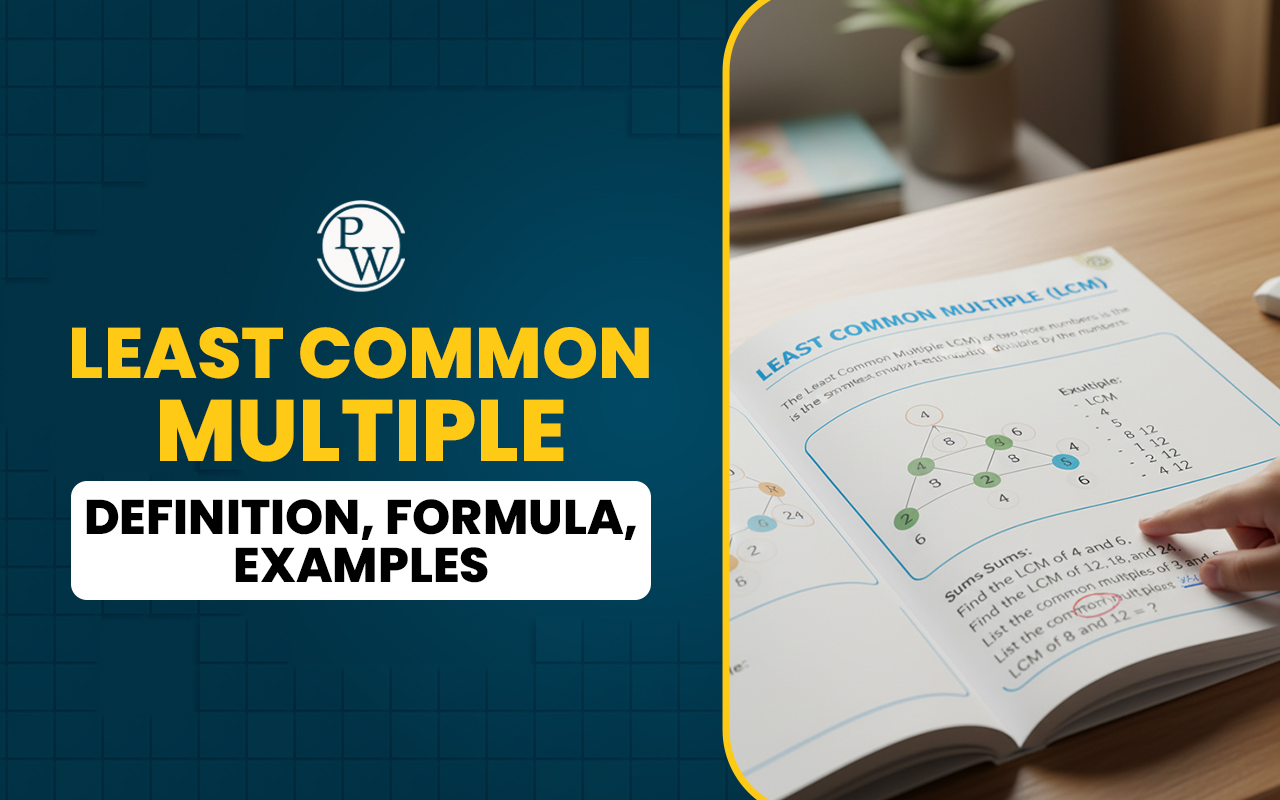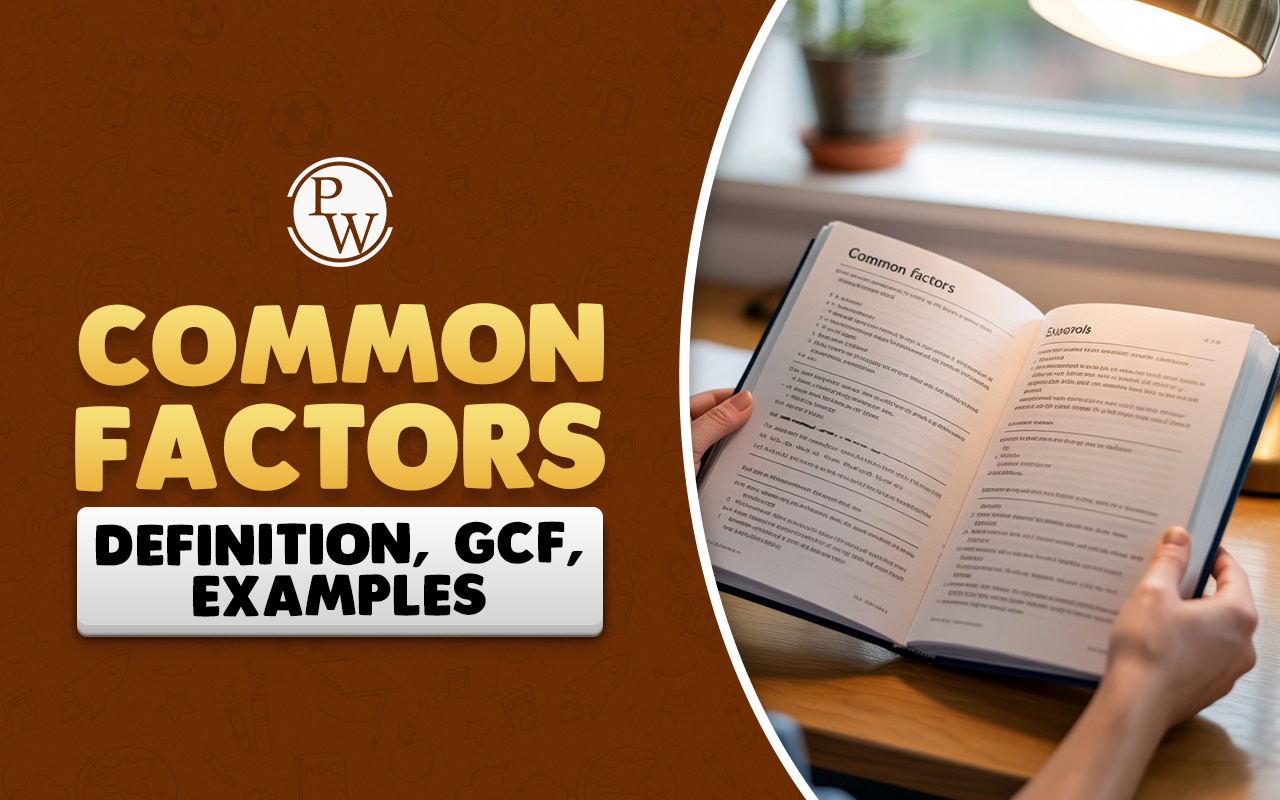
Volume is a three-dimensional geometric shape specification that indicates how much space it occupies. We come across plenty of such shapes in everyday life. From the football and books to jars and water tanks, every 3D object holds a definite volume depending on its size and shape.
Each object resembles a common geometric shape, making it easier to find its volume using specific formulas. Let's explore how these shapes are named and the steps to measure their volumes.
Read More: What is Slope Formula
What is A Volume?
Volume is a very useful parameter concerning three-dimensional shapes. It refers to the space occupied by a 3-D object. In the case of a hollow three-dimensional object, volume refers to the quantity it holds. Different shapes' volumes are calculated using different formulas that consider the respective objects' dimensions.
Units of Volume
The volume is measured using the three dimensions of the object and expressed in cubic units. The SI unit of volume is cubic meters. The most commonly used unit for volume is the litre, which is related to liquids and gases.
For example, when you buy a 750 ml soft drinks bottle, it means the bottle holds 750 ml of liquid. Other units like millilitres (ml), pints, etc., are used for small volumes.
Volume of Different Shapes
We see a lot of three-dimensional objects around us that occupy some space. These real-life objects can be easily compared with the basic 3-D shapes like sphere, cube, cuboid, cone, cylinder, etc. Let us find out how to calculate the volume of each of these shapes.
Volume of Cube
A cube is a 3D shape formed which has six flat faces. Each face joins with four other faces at right angles along its sides. Each of these faces is square in shape. It means all sides of a cuboid are equal in dimension.
If the side of a cube is denoted by ‘a’, then the volume of this cube will be:
Volume of a Cube Formula = a × a × a = a³.
Volume of a Cuboid
A cuboid is a 3-D shape having six surfaces but the dimensions of its sides are different from each other. If a cuboid has length 'l', breadth 'b', and height 'h', then its volume is expressed as:
Volume of Cuboid Formula = l x b x h
Volume of Sphere
A sphere is a round-shaped, three-dimensional object. The volume of a sphere depends on its radius. If a sphere has a radius 'r', then its volume is given by:
Volume of sphere = 4/3 πr³
Volume of Hemisphere
A hemisphere is a three-dimensional shape that is half of a sphere. In other words, if we cut a sphere in two equal parts along a plane passing through its centre, we get two hemispheres. If a sphere has a radius 'r', then its volume of a hemisphere will be:
Volume of Hemisphere Formula = (2 /3) πr³
Volume of Cylinder
A cylinder is a tube-like structure with two parallel circular bases joined by a curved surface placed perpendicular to the circular surfaces. The distance between these two circular bases is the height of the cylinder.
If we consider 'r' as the radius of the circular surfaces and 'h' as the height of the cylinder, then the volume of the cylinder can be expressed as:
Volume of a Cylinder Formula = π r² h
Volume of Cone
A cone is a typical three-dimensional shape that has a circular base with a curved surface on it that tapers to a single point upwards. This point is called the apex or vertex and its distance from the base is the height of the cone.
If the radius of the circular base is ‘r’ and the cone height is 'h', then the volume of the cone will be expressed as:
Volume of Cone Formula = (1/3) π r² h
Volume of a Pyramid
Pyramids are 3D shapes with a polygon base and triangular faces that meet at the apex. The height of the pyramid is the distance of the apex from the base. The volume of a pyramid is calculated as follows:
Volume of a Pyramid Formula = 1/3 × Base length × Base width × height = 1/3 × Base Area × Height
Volume of a Prism
A prism is a three-dimensional shape such that the bases are identical in shape and face each other i.e. the bases are parallel to each other. The bases of a prism can be a triangle, rectangle, square, or any other type of polygon, however, the other faces of the prism are parallelograms or rectangles.
Volume of Prism Formula = Base Area × Height
Volume of Hollow Cylinder
A cylinder can be hollow and has some thickness. For such cylindrical shapes, we have to consider the internal and external radius. If ‘R’ denotes the outer radius of the base and ‘r’ denotes the inner radius, and the cylinder has a height of ‘h’, then the volume of the hollow cylinder will be given by the formula:
Volume of Hollow Cylinder Formula = πh(R²−r²)
Volume Formulas for All Shapes
The volume formulas for different shapes are derived by multiplying its different dimensions along with some constants. The list given below provides a quick glance of the volume formulas or volume equations of different common 3D shapes:
|
Volume Formulas for All Shapes |
|
|
Shape |
Volume Formula |
|
Cube |
V = a3, where a is the side of cube |
|
Cuboid |
V = length x width x height |
|
Cone |
V = ⅓ πr²h Where r is the radius and h is the height of cone |
|
Cylinder |
V = πr²h Where r is the radius and h is the height of cylinder |
|
Sphere |
V = 4/3 πr3 Where r is the radius of sphere |
|
Hemisphere |
V = 2/3 πr3 Where r is the radius of sphere |
|
Pyramid |
⅓ (Area of base) x Height |
|
Prism |
(Area of base) x height |
Volume Measurement of Shapes
Volume measurement of solid shapes requires a systematic approach. Here is a step-by-step process for calculating the volume of 3D objects of different shapes:
-
Identify the shape: Determine which 3D shape matches with a given object.
-
Find the appropriate formula: Find the correct formula applicable for calculating the volume of that specific shape.
-
Identify the parameters: Identify the relevant parameters required for the volume calculation, such as radius, length, width, height, etc.
-
Measure the necessary dimensions: Measure the necessary dimensions. Please make sure they are all in the same units.
-
Substitute the values into the formula: Put the values of measured dimensions into the formula.
-
Calculate the volume: Perform the mathematical calculations to find the volume. Express it in cubic units.
Read More: Difference between 2d and 3d shapes
Volume Formulas Solved Examples
1. Find the volume of a cone with a base of radius 7 cm and height 15 cm
Solution:
The formula for volume of cone is V = ⅓ πr2h
= ⅓ π (7)2x 15
= ⅓ x 22/7 x 49 x 15
= ⅓ x 22 x 7 x 15
= 22 x 7 x 5
= 770 cubic cm.
2. The volume of a cube is 64 cm3. Find its total surface area.
Solution:
Volume of a cube = a3, where a = dimension of a side
Therefore, a3= 64
Or, a = 4
The total surface area of the cube is 6a2
So, the total surface area of the cube is:
Surface area = 6 x (4)2 = 96 sq. cm.
Also read: Basic Geometrical Ideas
3D Shapes Examples
We see and use objects in real-life that resemble different 3D shapes as mentioned below:
-
Sphere: Football, globe
-
Cuboid: Book, tetra pack of juice
-
Cube: Rubrics cube, dice
-
Cylinder: Water pipes, torch cells
-
Cone: Birthday hat, ice-cream cones
These 3D shapes examples help us visualize how these three-dimensional objects hold a volume and can be handled physically.
The volume of objects is an important geometric concept applicable in many mathematical, scientific, and engineering calculations. Understanding different three-dimensional shapes and the steps to measure their volumes helps relate this concept to many real-life scenarios.
Experience Interactive Learning with CuriousJr Online Math Tuition Program
Does your child fall behind due to slow calculations, frequent mistakes, or confusion with basic math concepts? CuriousJr's online math tuition classes guide students to effectively handle these challenges and strengthen their core math skills.
class="post-blog"
-
Daily interactive sessions focus on clarifying math concepts through simple steps and real-life examples that keep students involved.
-
One educator helps students understand and retain concepts, while a dedicated mentor supports doubt-solving.
-
Every child gets personalized attention and guidance from mentors based on their learning pace, strengths, and abilities.
-
Regular performance tracking helps to monitor progress and identify areas where your child may need extra support.
CuriousJr's math tuition classes focus on improving logical thinking and problem-solving abilities of students. Book a demo class today and watch how we prepare your child to tackle math problems quickly, precisely, and confidently.
Volume FAQs
Are 3D objects solid or hollow?
How is the volume of liquids applicable in daily life?
If a cone and a cylinder have the same radius and height, which has the higher volume?
How are volume and density related?
What does the volume of a refrigerator signify?










